Got game design skills? These other kinds of companies are asking for them
The succession of layoffs at AAA game studios might seem to have no bottom, but jobs data shows that there’s still plenty of opportunity outside of Ubisoft. The demand for game designers has increased over the past year in industries outside traditional gaming. According to a Fast Company analysis of 176,000 job listings gathered from Google Careers between fall/winter 2023 and fall/winter 2025, the percentage of postings for game designers rose significantly in several non-gaming sectors in the past year. This came at a time when listings for game designers within the gaming industry itself experienced only a modest, 4% increase. The technology sector, which accounted for 41% of all game designer listings in 2024, increased its share by 20%; tech represented 61% of all game design postings in 2025. The most dramatic shift occurred in the education industry, where the share of game design job postings soared from 9.12% to 28.81% of all listings. The media and publishing arena also showed increased demand, with its share climbing from 4.18% to 9.30%, a 122% surge. Then there are sectors that seem even further afield from gaming, which are also increasingly hiring game designers as well: electronics (rising 2.38% to 7.23%) and hospitality and tourism (from 3% to just under 6%). Game designers help companies level up Game designers are unique in the design world for their ability to create whimsy, engagement, and some type of narrative progression. It’s a formula that perhaps no company understands better than Duolingo, the gamified language learning app with 116 million monthly active users, 9.5 million paying subscribers, and $748 million in revenue in 2024. Unsurprisingly, when it comes to hiring, the company actively seeks out game designers, specifically. “While we’re not actually building games, we see that there are some good synergies,” says Liz Talley-King, the company’s vice president of talent acquisition. “The design elements, the product design elements, the stickiness factor, the joyful and fun products—it’s one of the reasons why we continue to tap into [that] talent.” Digital learning platform Stride also seeks out the expertise of this cohort to enhance its educational offerings. “Who better to hire than a game designer, who lives and breathes immersive worlds and can craft engaging content for all ages?” asks Nikoya McCoy, the company’s chief learning officer. She says that game designers are particularly adept at keeping students engaged, since they understand how to design experiences that capture attention for long periods of time. “They play a huge part in the brainstorming and design process,” McCoy adds, “and their creativity and problem-solving abilities are invaluable.” Stride notices higher engagement and satisfaction rates when game designers help create the content. Using games for change Game designers will tell you that they don’t just create games, they design experiences. And sometimes those experiences can influence behavior, leading to real world impact. Larissa May, founder of #HalfTheStory, a nonprofit focused on fostering digital wellness among youth, says that, ironically, the same game design principles that often keep users hooked can also play a pivotal role in helping young people develop healthy, boundary-establishing relationships with technology. “We needed games that would act as a Trojan horse to get kids to act differently in the digital world,” May says. One example is Crash Out, a role-playing game that uses a Jenga tower to represent digital well-being. Wade Kimbrough, head of game design at #HalfTheStory, explains that “when the tower falls, their character ‘crashes out,’ leading to a conversation—what if this were real life? Could you rebuild trust and relationships as easily? What consequences would a comment or post have in the real world? That reconciliation of the game and reality creates a eureka moment that can lead to behavior change.” More broadly, he adds, “by making a game analogous to a real-world system, you can see how players think about that system and how they approach problems.” The future will be gamified The rising demand for game designers across industries may simply be a strategic response to the evolving needs across the business landscape. So many young people spend so much time gaming that they may be starting to expect the same level of interactivity and engagement in everything, from education to finance and entertainment. Interestingly, academia and retail showed movement in the opposite direction. Job listings for game designers in these fields declined year over year. With more people entering college who grew up using Duolingo, however, and new products like gamified candy now all the rage, perhaps next year we’ll see more universities and e-commerce sites press “start” on hiring game designers. This article is part of Fast Company’s continuing coverage of where the d
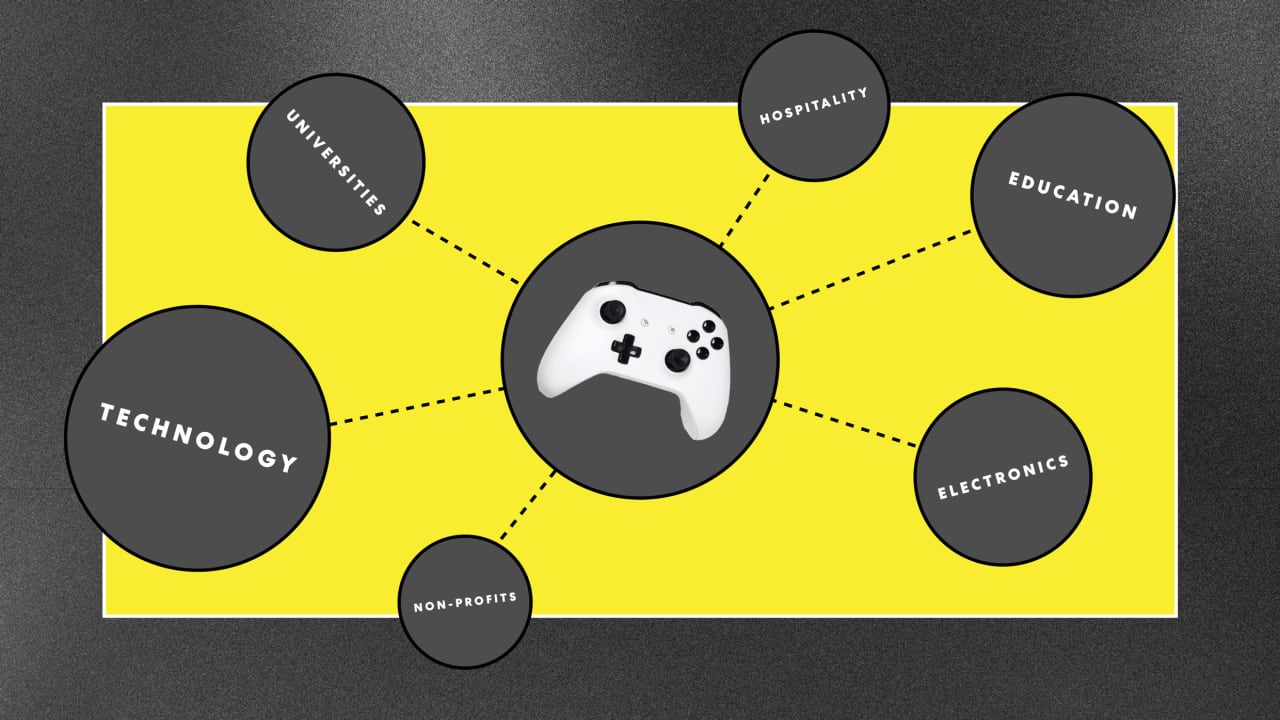
The succession of layoffs at AAA game studios might seem to have no bottom, but jobs data shows that there’s still plenty of opportunity outside of Ubisoft.
The demand for game designers has increased over the past year in industries outside traditional gaming. According to a Fast Company analysis of 176,000 job listings gathered from Google Careers between fall/winter 2023 and fall/winter 2025, the percentage of postings for game designers rose significantly in several non-gaming sectors in the past year. This came at a time when listings for game designers within the gaming industry itself experienced only a modest, 4% increase.
The technology sector, which accounted for 41% of all game designer listings in 2024, increased its share by 20%; tech represented 61% of all game design postings in 2025.
The most dramatic shift occurred in the education industry, where the share of game design job postings soared from 9.12% to 28.81% of all listings. The media and publishing arena also showed increased demand, with its share climbing from 4.18% to 9.30%, a 122% surge.
Then there are sectors that seem even further afield from gaming, which are also increasingly hiring game designers as well: electronics (rising 2.38% to 7.23%) and hospitality and tourism (from 3% to just under 6%).
Game designers help companies level up
Game designers are unique in the design world for their ability to create whimsy, engagement, and some type of narrative progression. It’s a formula that perhaps no company understands better than Duolingo, the gamified language learning app with 116 million monthly active users, 9.5 million paying subscribers, and $748 million in revenue in 2024. Unsurprisingly, when it comes to hiring, the company actively seeks out game designers, specifically.
“While we’re not actually building games, we see that there are some good synergies,” says Liz Talley-King, the company’s vice president of talent acquisition. “The design elements, the product design elements, the stickiness factor, the joyful and fun products—it’s one of the reasons why we continue to tap into [that] talent.”
Digital learning platform Stride also seeks out the expertise of this cohort to enhance its educational offerings. “Who better to hire than a game designer, who lives and breathes immersive worlds and can craft engaging content for all ages?” asks Nikoya McCoy, the company’s chief learning officer.
She says that game designers are particularly adept at keeping students engaged, since they understand how to design experiences that capture attention for long periods of time. “They play a huge part in the brainstorming and design process,” McCoy adds, “and their creativity and problem-solving abilities are invaluable.” Stride notices higher engagement and satisfaction rates when game designers help create the content.
Using games for change
Game designers will tell you that they don’t just create games, they design experiences. And sometimes those experiences can influence behavior, leading to real world impact.
Larissa May, founder of #HalfTheStory, a nonprofit focused on fostering digital wellness among youth, says that, ironically, the same game design principles that often keep users hooked can also play a pivotal role in helping young people develop healthy, boundary-establishing relationships with technology. “We needed games that would act as a Trojan horse to get kids to act differently in the digital world,” May says.
One example is Crash Out, a role-playing game that uses a Jenga tower to represent digital well-being. Wade Kimbrough, head of game design at #HalfTheStory, explains that “when the tower falls, their character ‘crashes out,’ leading to a conversation—what if this were real life? Could you rebuild trust and relationships as easily? What consequences would a comment or post have in the real world? That reconciliation of the game and reality creates a eureka moment that can lead to behavior change.”
More broadly, he adds, “by making a game analogous to a real-world system, you can see how players think about that system and how they approach problems.”
The future will be gamified
The rising demand for game designers across industries may simply be a strategic response to the evolving needs across the business landscape. So many young people spend so much time gaming that they may be starting to expect the same level of interactivity and engagement in everything, from education to finance and entertainment. Interestingly, academia and retail showed movement in the opposite direction. Job listings for game designers in these fields declined year over year. With more people entering college who grew up using Duolingo, however, and new products like gamified candy now all the rage, perhaps next year we’ll see more universities and e-commerce sites press “start” on hiring game designers.
This article is part of Fast Company’s continuing coverage of where the design jobs are, including this year’s comprehensive analysis of 170,000 job listings.




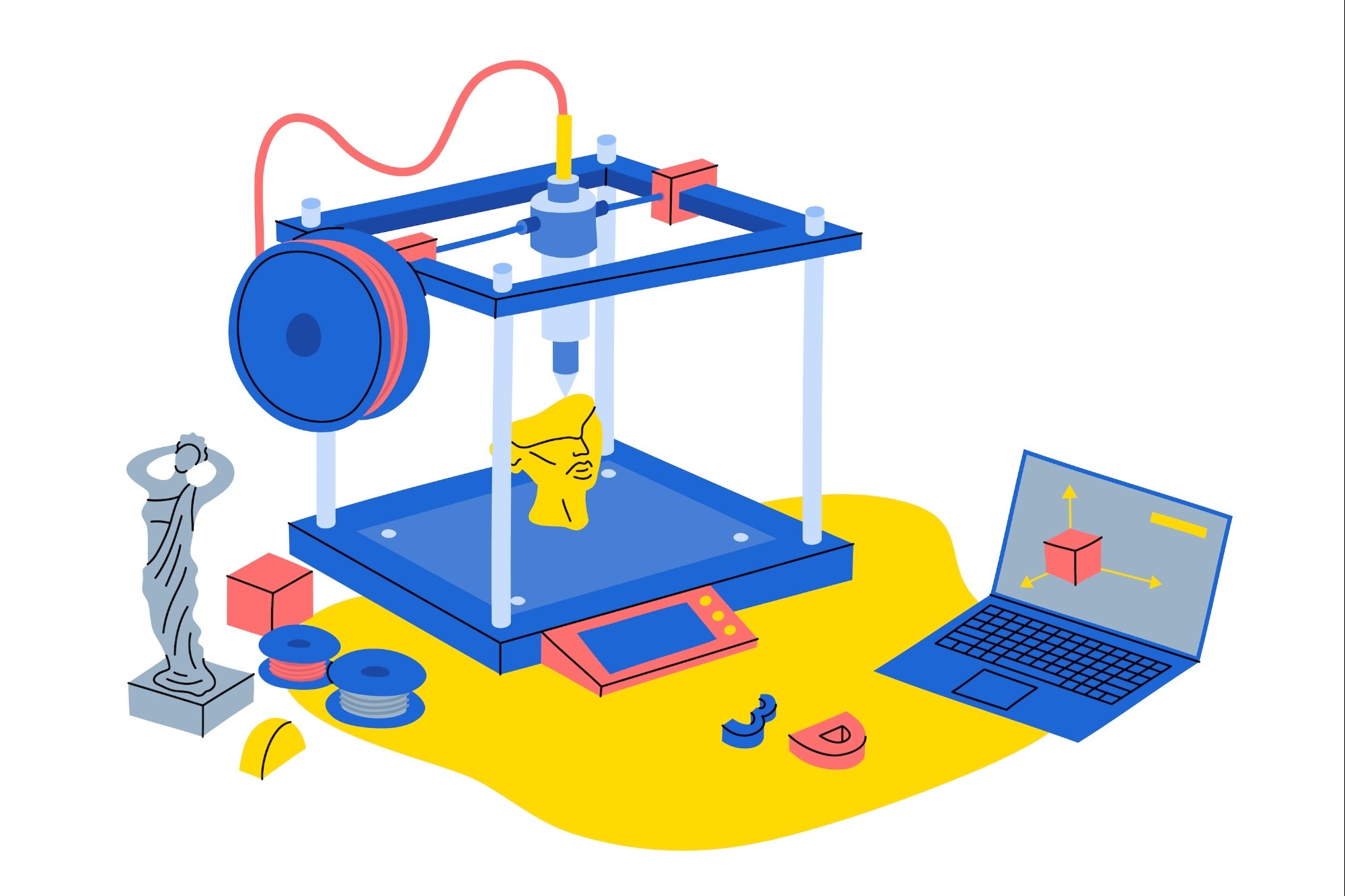



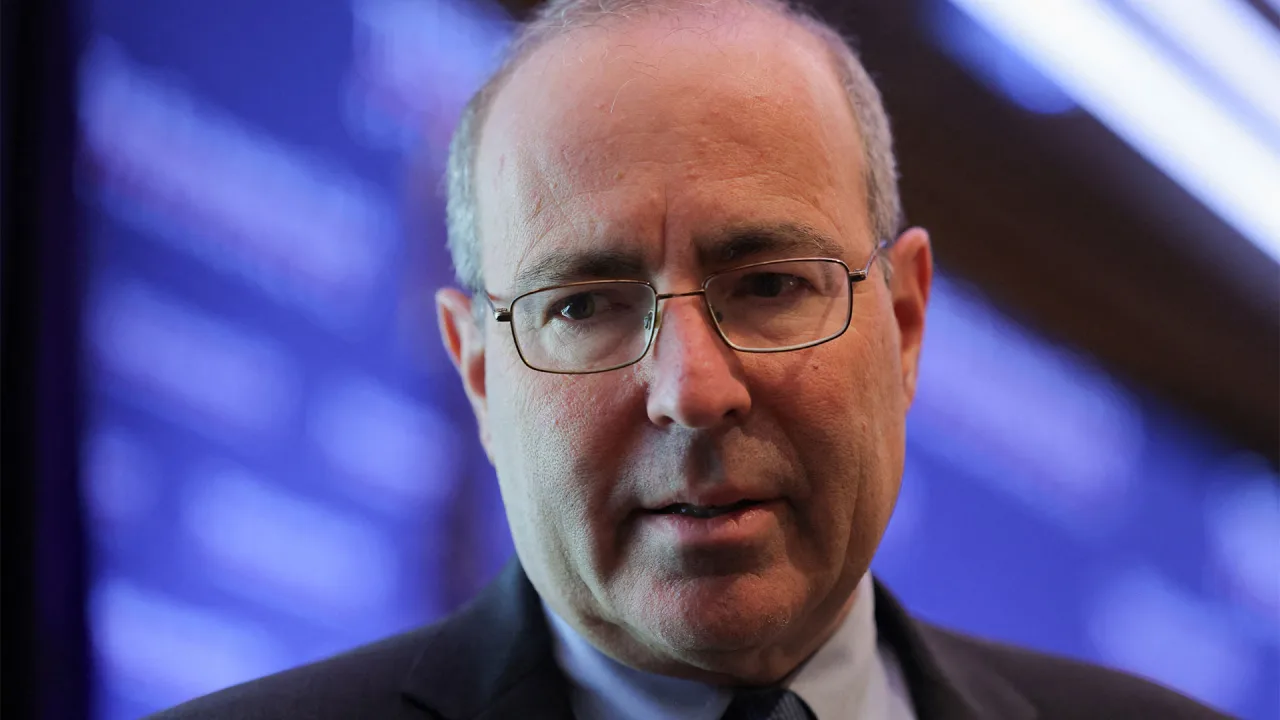





























































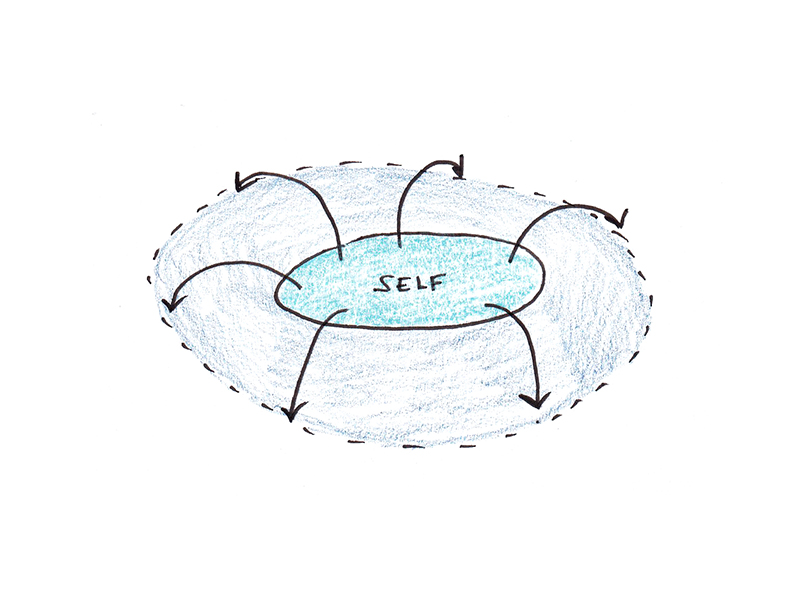
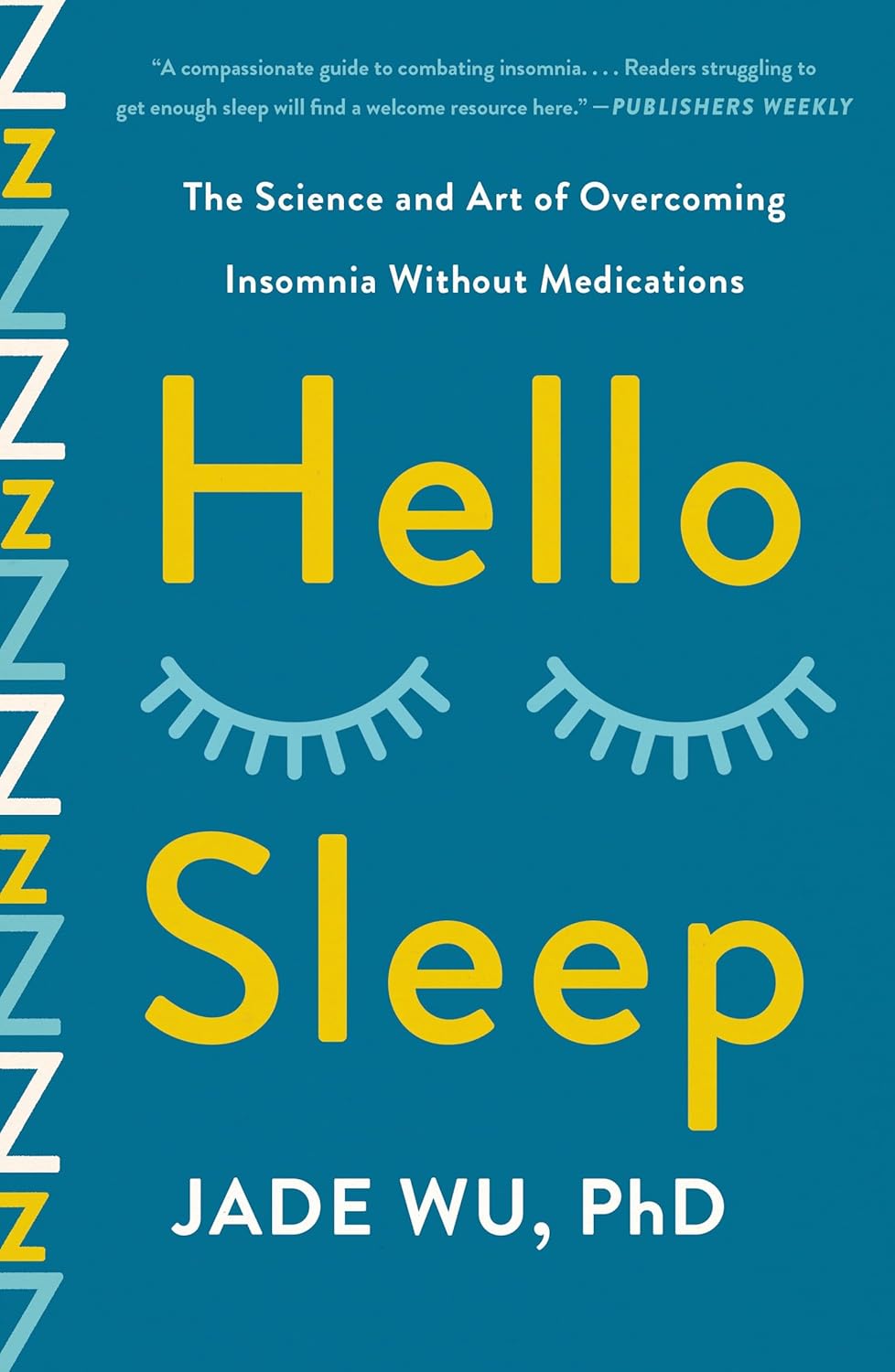




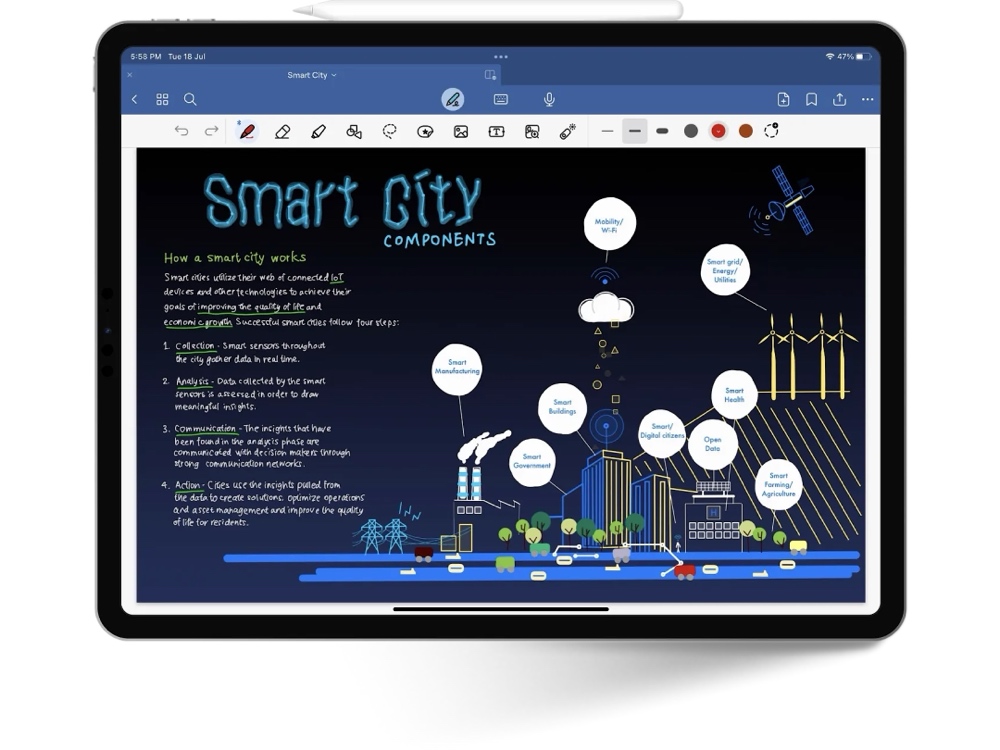

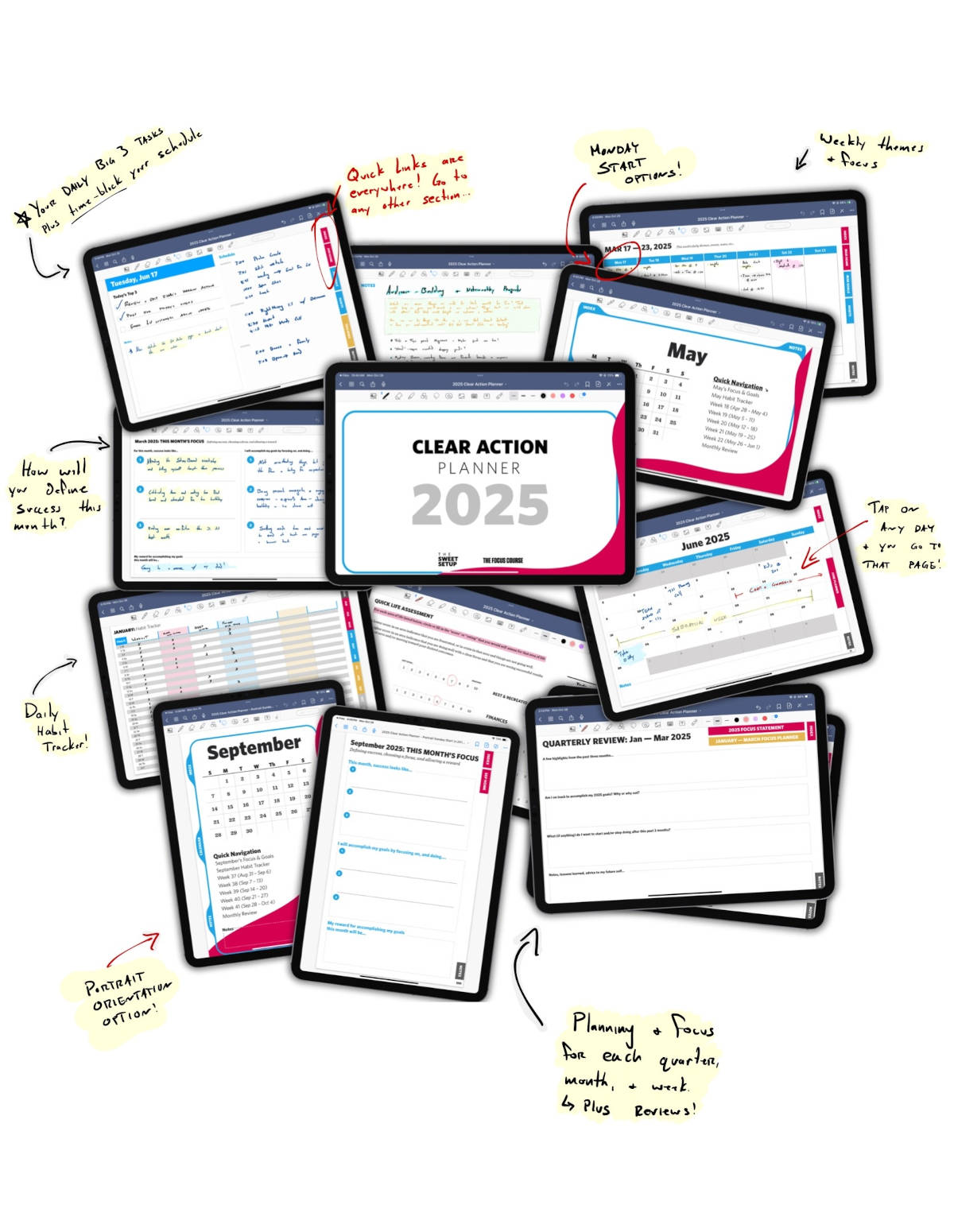




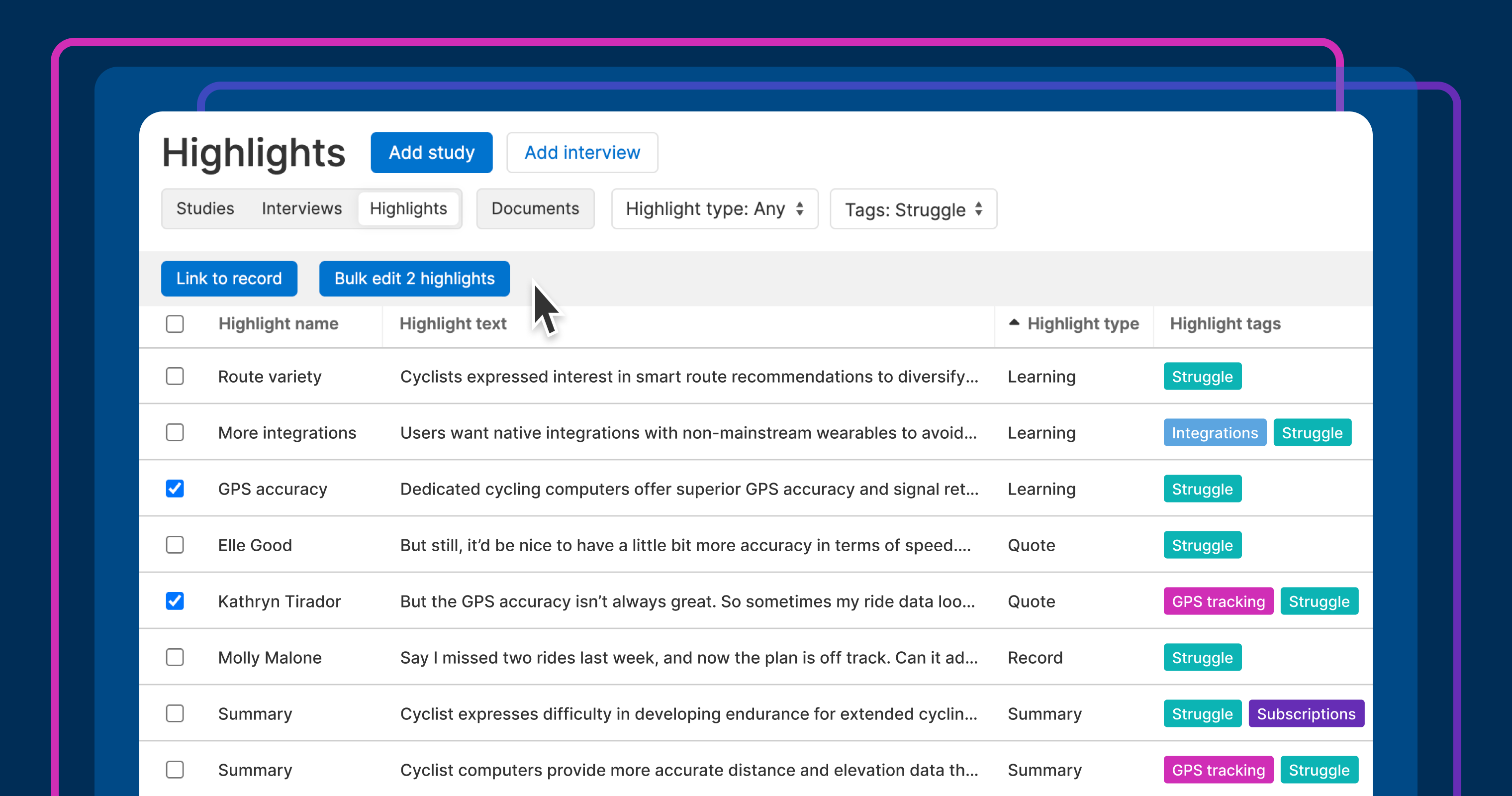


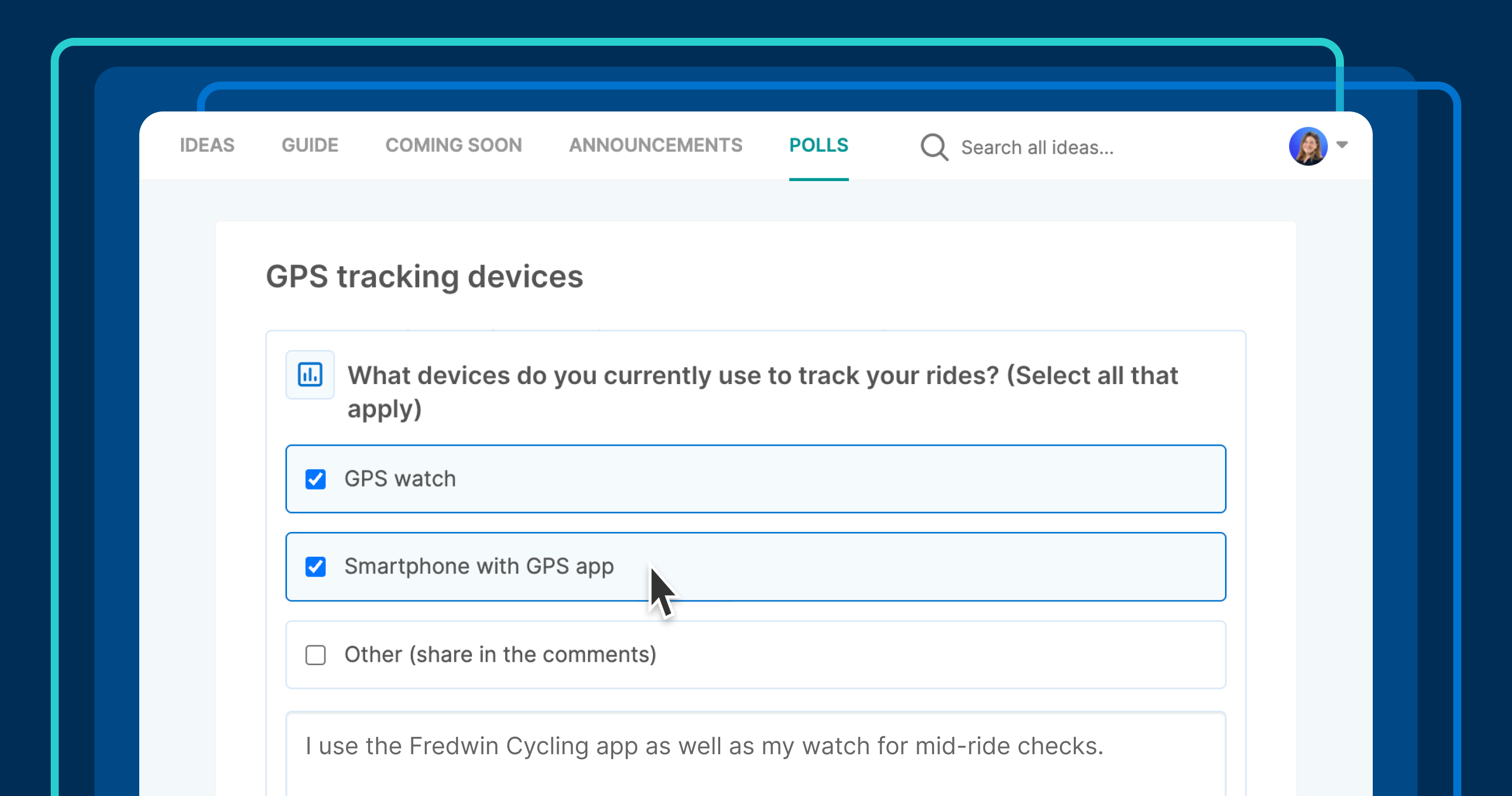




















![Building A Digital PR Strategy: 10 Essential Steps for Beginners [With Examples]](https://buzzsumo.com/wp-content/uploads/2023/09/Building-A-Digital-PR-Strategy-10-Essential-Steps-for-Beginners-With-Examples-bblog-masthead.jpg)













































